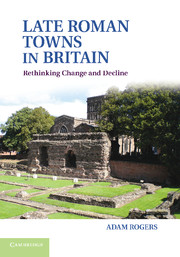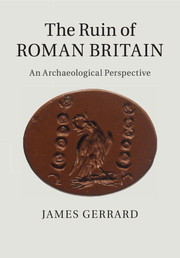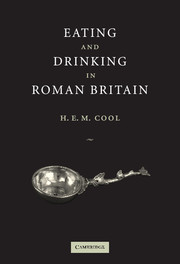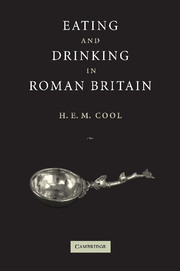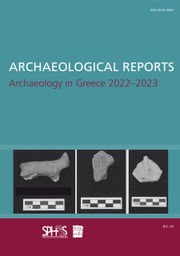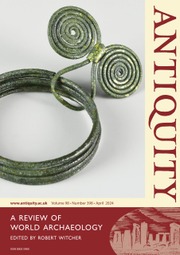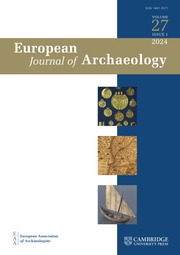Late Roman Towns in Britain
In this book, Adam Rogers examines the late Roman phases of towns in Britain. Critically analysing the archaeological notion of decline, he focuses on public buildings, which played an important role, administrative and symbolic, within urban complexes. Arguing against the interpretation that many of these monumental civic buildings were in decline or abandoned in the later Roman period, he demonstrates that they remained purposeful spaces and important centres of urban life. Through a detailed assessment of the archaeology of late Roman towns, this book argues that the archaeological framework of decline does not permit an adequate and comprehensive understanding of the towns during this period. Moving beyond the idea of decline, this book emphasises a longer-term perspective for understanding the importance of towns in the later Roman period.
- A critical reassessment of late Roman towns in Britain
- A theoretically aware reanalysis of Roman urbanism
- Emphasises both the importance of historiography in archaeological analysis and the importance of theory in Roman archaeology
Product details
January 2014Paperback
9781107698796
252 pages
254 × 178 × 13 mm
0.44kg
25 b/w illus. 1 map 14 tables
Available
Table of Contents
- 1. Introduction
- 2. Edward Gibbon - growth, the Golden Age and decline and fall
- 3. Approaches to Roman urbanism and studying the late Roman town
- 4. Establishing the urban context: pre-Roman place and Roman urbanism
- 5. The structures of the public buildings in the later Roman period: framing place and space
- 6. New public structures within towns in the later Roman period
- 7. Industrial activity within public buildings
- 8. Timber buildings and 'squatter occupation' within public buildings
- 9. Conclusions - senses of place: rethinking urbanism in Roman Britain.

